
Could a legendary city, written off for millennia as fantasy, have left its mark beneath the Atlantic? New discoveries have unleashed a flood of debate among historians and archaeologists, with new underwater finds tending to blur the boundary between myth and reality. Plato’s legend of Atlantis has captivated forever in images of buried knowledge and advanced civilizations. Today, a synergy of advanced science and interdisciplinary research is challenging specialists to rethink what’s beneath the sea and what it will mean to the history of civilization. With the hunt on, these discoveries trigger a reevaluation of how prehistoric civilizations adapted to disaster, modified their landscapes, and constructed the myths that continue to echo today. Following are seven of the most intriguing scientific hints rewriting the Atlantis controversy.
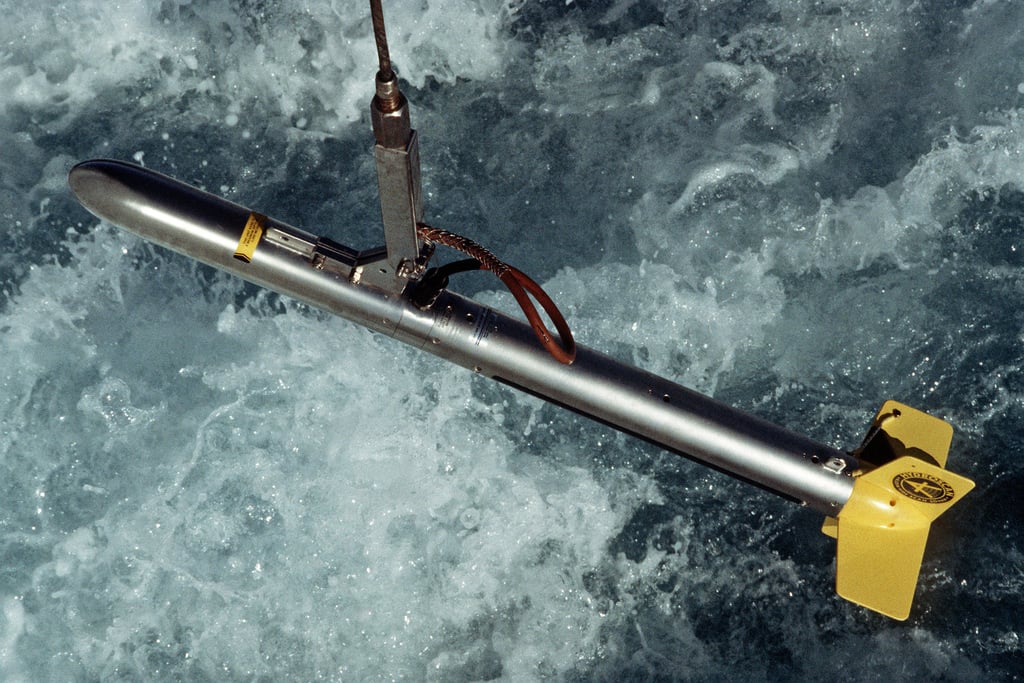
1. Underwater Sonar Reveals Concentric Structures
Deep-ocean sonar mapping and high-tech sonar have detected unexplained concentric ring structures off Spain’s coast and in front of the Azores. The structures, hidden beneath layers of sediment, resemble in remarkable detail Plato’s description of Atlantis as a city built in concentric rings of land and sea. The features, mapped by multibeam echo-sounders, are approximately 10,000 years old, as is the period that Plato had assigned to Atlantis. While some scientists believe these could be natural geology, others feel that their periodicity and sequence imply any type of potential human involvement. The debate still remains, but the evidence is enough to pursue further.
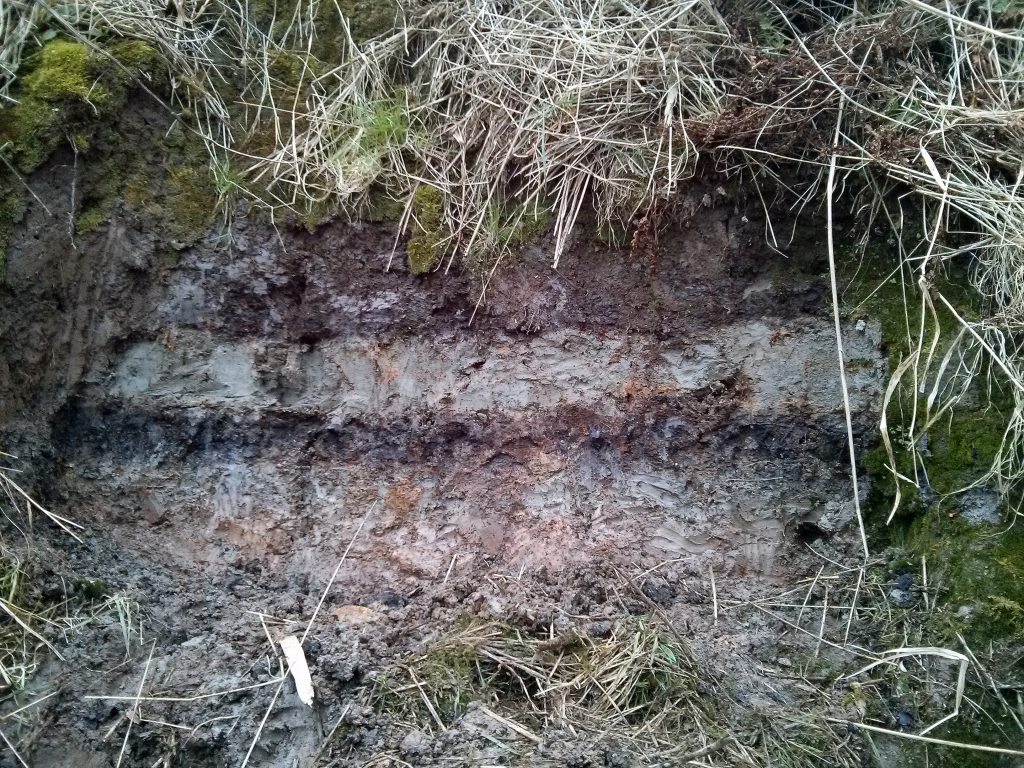
2. The Storegga Tsunami: Catastrophe at a Civilizational Level
Persistent tsunamis have left their mark all over the North Atlantic, and new research links one of the biggest the Storegga tsunami, around 8,200 years ago to abrupt shifts in sediment and the surprise disappearance of settlements along the coast. A Scientific Reports report says that “All data support the hypothesis that the 8.2 ka layer.is a turbidite.deposited from the shelf break.” Although the central location had currents directly from the incoming tsunami.the layer was deposited by a turbidity current released from sediments mobilized and transported to the shelf break during the backwash of the tsunami. Such catastrophes could be the reason for the sudden disappearance of a sophisticated civilization, as Plato explained when Atlantis sank into the sea.

3. Radiocarbon Dating and the Problem of Old Carbon
Radiocarbon dating is a cornerstone of archaeological science, but interpreting dates from underwater or tsunami- distorted sites is particularly tricky. Reservoir effects carbon from deep ocean water or weathered rocks that contaminates samples and ages them thousands of years more than they really are can be particularly problematic here. As explained in a recent survey, “The 14C of lakes and bog waters is often depleted, leading to artificial aging of the waters with large spatial heterogeneity.” It requires accurate calibration and the utilization of multiple samples in order to disentangle these effects, so the quest for Atlantis is not merely the quest for ruins, but the test for scientific discipline.
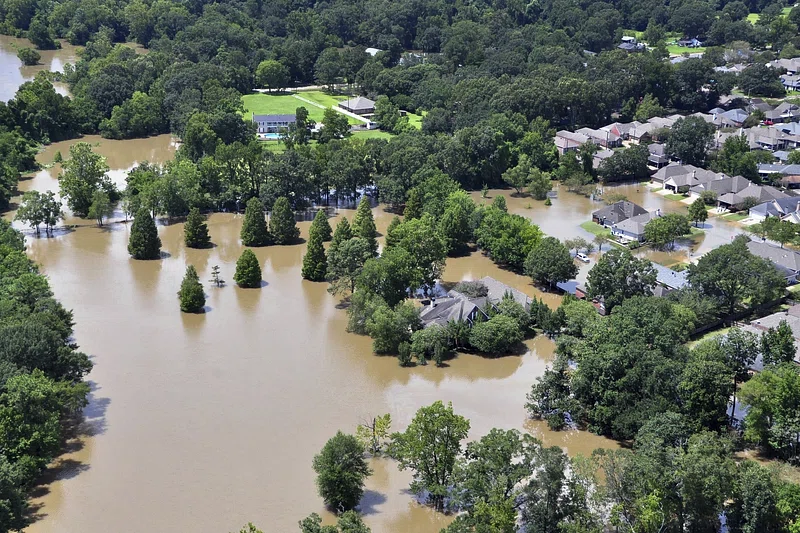
4. Environmental DNA: Tracing Ancient Catastrophes
A novel approach is to study eDNA that lingers in sediments. Scientists have found tsunami deposits can retain genetic footprints of marine organisms far inland, an oceanic flooding biological signature. “Because DNA from marine species does not normally occur on land, the presence of marine DNA, no matter how small, is an extremely reliable indicator of extreme ocean flow,” states a new study.
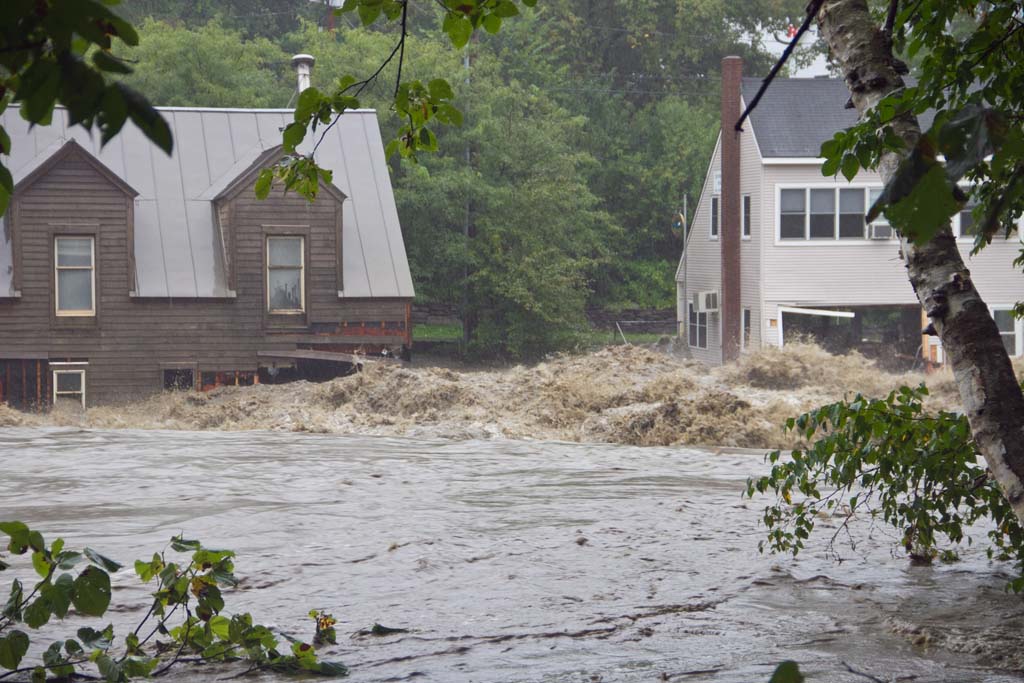
The method has been used to distinguish tsunami layers from flood or storm deposits, even without visible sedimentary evidence. The application of eDNA may be able to find the size and impact of former tsunamis that may have devastated coastal civilizations, including those that may have been present where Atlantis is believed to have been present.
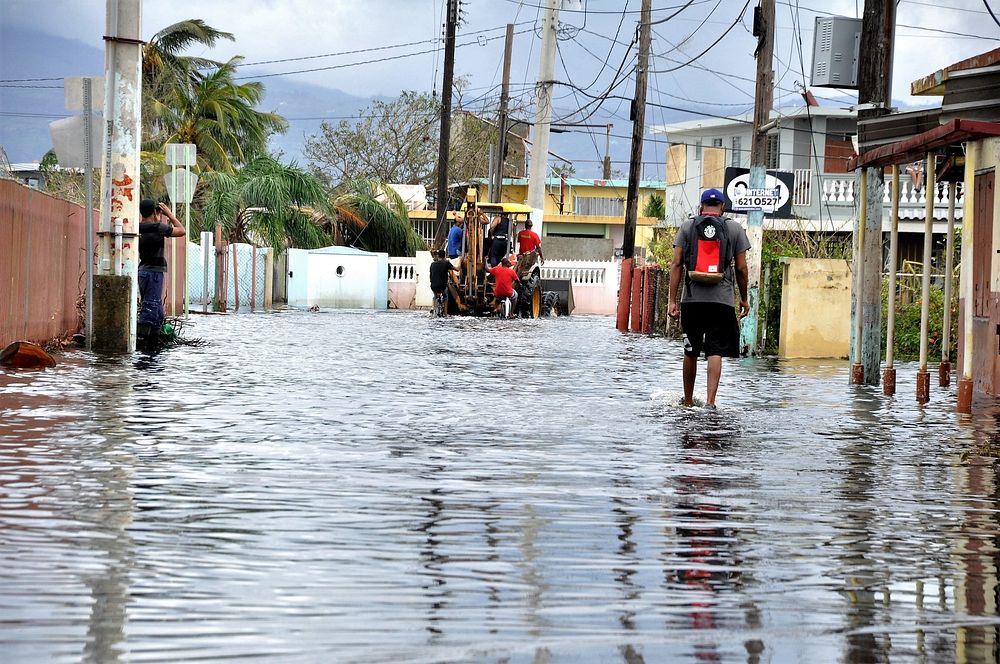
5. Myths, Memory, and Catastrophe: The Global Flood Tradition
Flood myths stretch from Sumeria to Polynesia, and academics increasingly see them as cultural memories of real catastrophes. The recurring motif of a great flood or lost land may be proof of the shock of abrupt sea level increase and apocalyptic catastrophes occurring at the end of the last Ice Age. Such stories are not historical fact but offer models of how ancient communities reacted to dislocation. Comparative mythological research is tracing how these tales evolved in tandem with the early civilizations, and suggesting that Atlantis might be one of several echoes of a water-changed world.
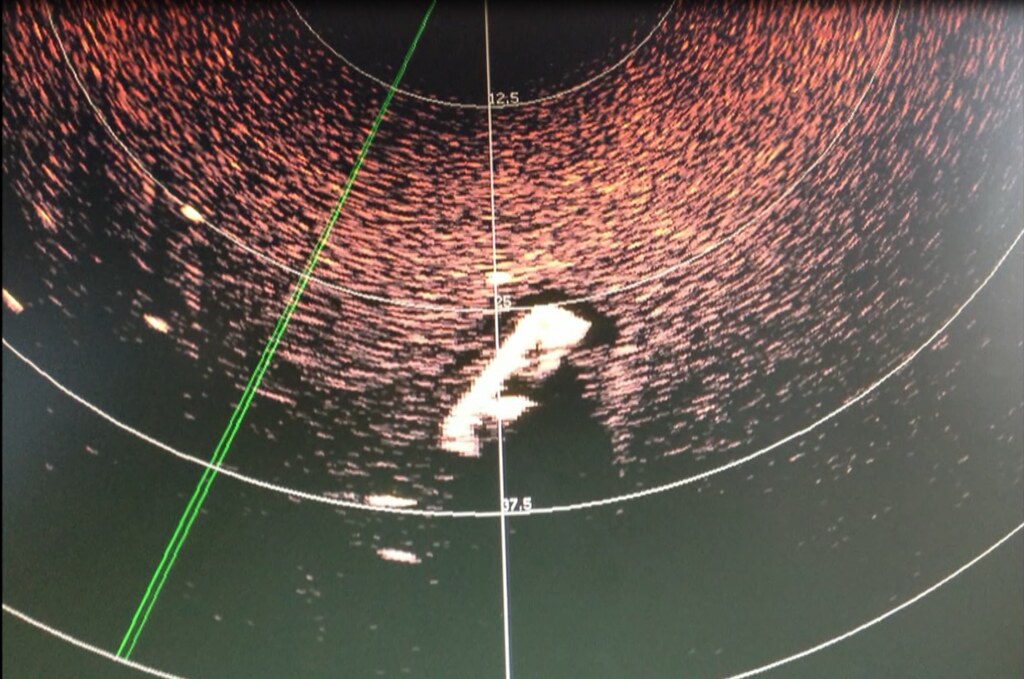
6. The Value of Interdisciplinary Research and Skepticism
The search for Atlantis is as much a matter of science protocol as discovery. Skeptics are urging methodological care and peer review, citing the lack of inscriptions or definitive artifacts that link the underwater structures to a lost civilization. As sonar and satellite imagery becomes more publicly available, the scientific community is insisting on open data, interdisciplinarity, and cautious interpretation. Extraordinary claims require extraordinary evidence, goes the saying, but the willingness to challenge old assumptions is itself a sign of scientific progress.

7. Rethinking Human History: What If Atlantis Was Real?
If even some of the evidence for an Atlantic civilization that perished exists, it would compel a radical overhaul of the origins of complex society. The conventional account which situates the origin of high civilization in Mesopotamia and Egypt would need to create space for an unrecognized hub of invention. This would have fundamental implications for our knowledge of migration, trade, and society’s ability to recover from disaster. For the moment, these are intriguing prospects still hypotheses, but growingly more likely as new evidence comes to light.
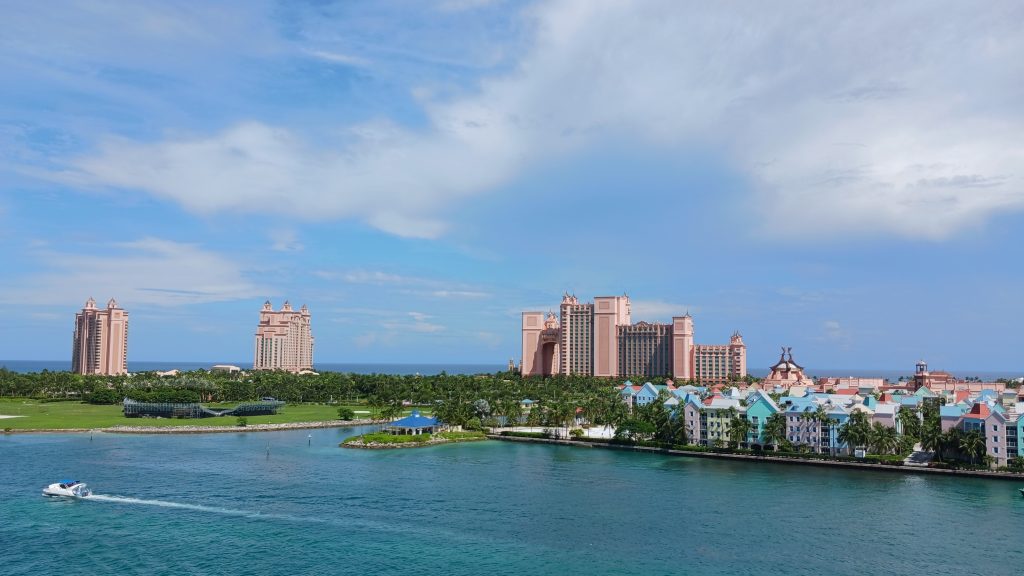
The quest for Atlantis is no longer science fiction or myth. With advances in underwater exploration, sediment cores, and genetic analysis, the limits of myth and history are collapsing. Even if Atlantis never is found in a definitive manner, the attempt itself is already reshaping how we study the past demanding humility and boldness on the part of those who would pry loose the longest-lost secrets of human civilization.


